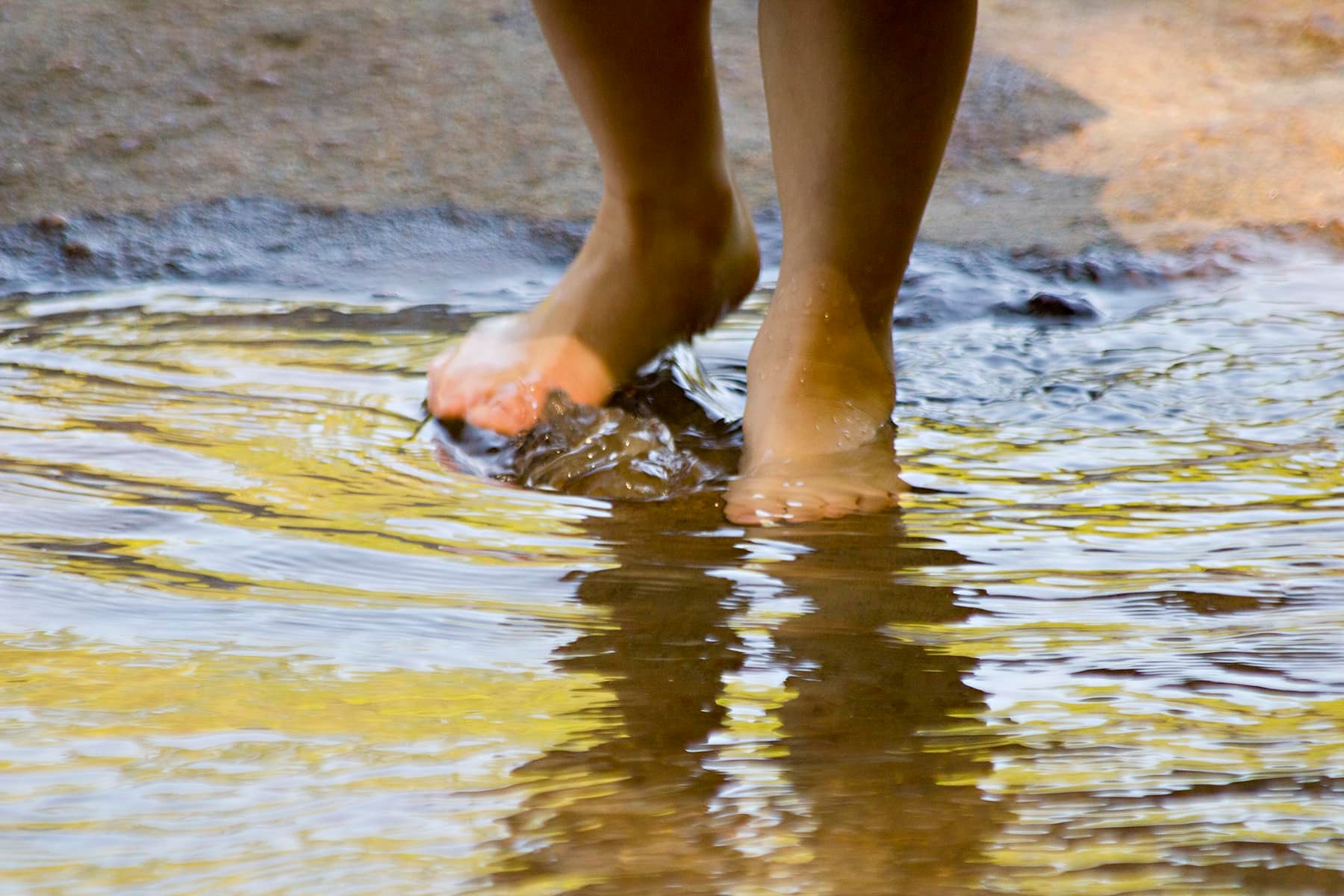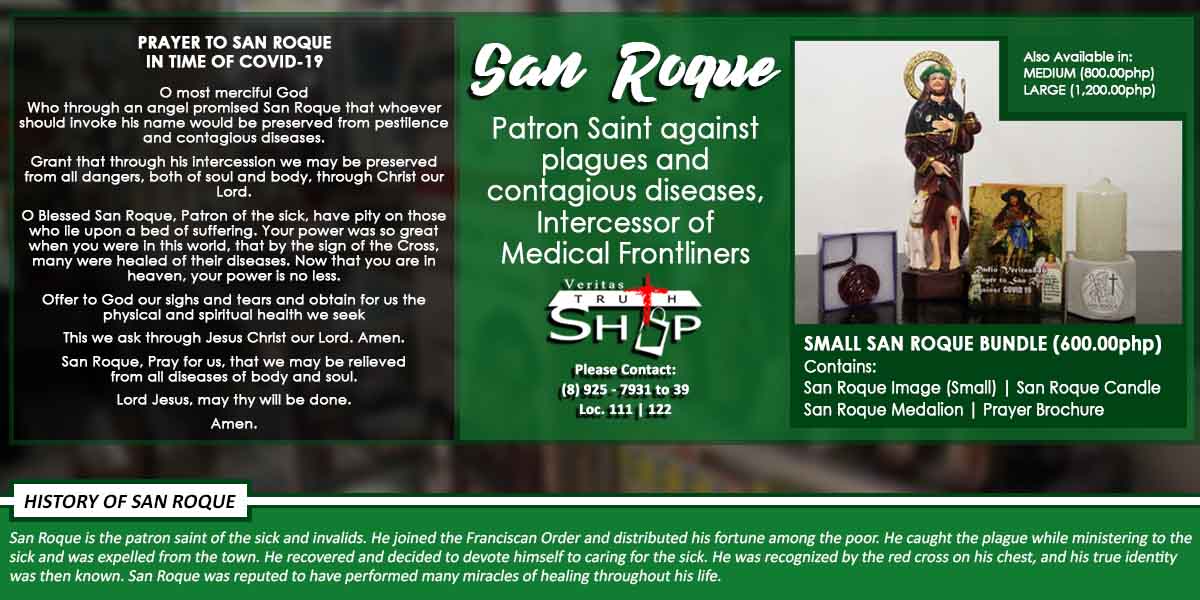356 total views
Homily for Tuesday of the 4th Week of Lent, 21 Mar 2023, Jn 5:1-16

Our first reading from Ezkiel 47 reminds me of the song “Gloria, Gloria Labandera”. It is not a serious song at all; it is rather the kind that is sung by drunkards after they have already downed a whole case of beer. It is actually a sexist song that men sing to the tune of “Glory, Glory Hallelujah”, an old triumphant Church hymn.
The Filipino mock version of this song tells a story; it is making fun of a girl named Gloria. Gloria is going out to the nearby stream to wash clothes. As she carries a basin with dirty laundry above her head, she wades into the flowing water. The singers describe how she gets wet little by little as she goes into the stream—first, her ankles, then her legs, then her knees, then her thighs. But they keep repeating in the refrain that she is not fully soaked yet. It is of course a malicious song by men describing themselves ogling at a girl from afar.
In Ezekiel 47, it is the prophet himself who goes into the water, which he sees in a vision, welling up, flowing out of the temple threshold, creating a stream. Ezekiel is told to go into the water that gradually rises—first, up to his ankles, next, up to his knees, then, up to his thighs, then up to his waist, until it turns into a river and he gets totally immersed and forced to swim.
The prophet does not say if he actually swims. He says the angel got him out of the water and brought him to the riverbank. There he was made to observe the trees growing and bearing fruits on either side of the riverbank. He also observes the water flowing out into the sea and freshening up the salt water and causing the fish to multiply in abundance.
In the Gospel, the symbolism of the water is sustained. The prophet is replaced by the crippled beggar who seems familiar with the vision of Ezekiel and the angel in the Bible, suggesting that the Pool of Bethesda is the place in the temple threshold from where the water had welled up and flowed. This must have been the origin of the tradition that when the water moved, it meant an angel was stirring it up and it had curative powers. Whenever it happened, the handicapped beggars scrambled to get ahead in order to obtain a cure, but he had no one who could help him get there.
Remember our reading for the 3rd Sunday of Lent about Jesus telling the Samaritan woman that he could give her a “living water” that would never make her thirst again? That was in chapter 4; now here we are in chapter 5 of John with a story of healing that sustains the image of water that heals and gives life. It comes, not from the pool of Bethesda but from the words of Jesus, from his very person.
Of course, John is preparing his readers for the symbolism of the water of baptism. People often forget that the Greek word BAPTISMA means immersion. It is not about wading or dipping or soaking into water. It is rather about totally submerging into it, in imitation of the God who totally immersed himself into our human condition, the God who totally emptied himself for our redemption.
It is what he invites us to do as well when he asks us, as the angel did with Ezekiel, to dare not just to wade or dip or soak but to immerse fully into the mystery of God’s grace and mercy.
The water of baptism has to be be first a symbol of death before it can become a symbol of life. It is about participating in the passion and death of the Lord in order to share in his resurrection, in order to have life and be life-giving ourselves.




















